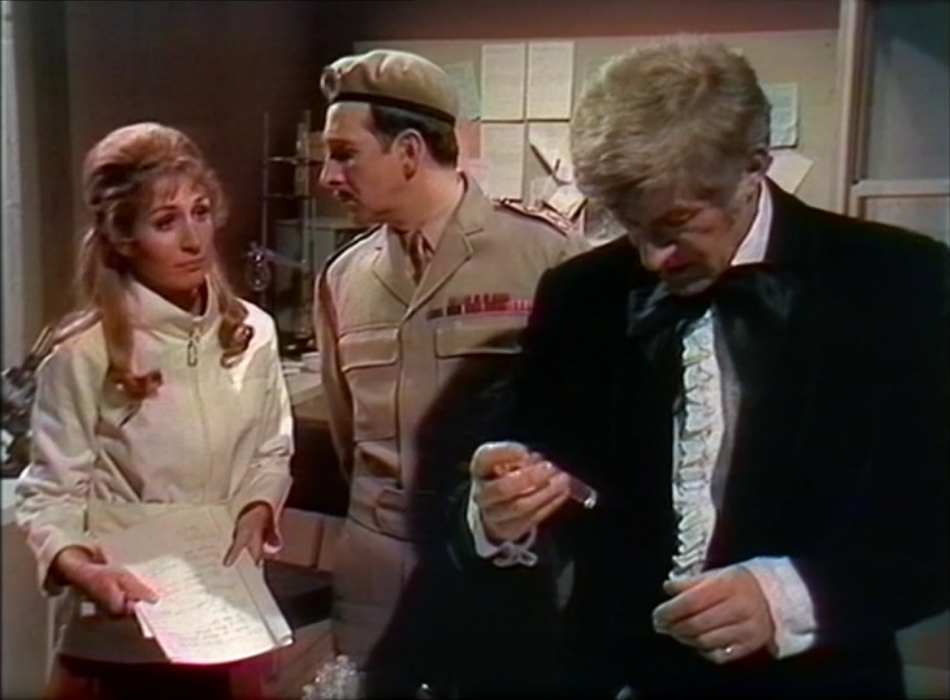
By Mx Kris Vyas-Myall
In 1889, Oscar Wilde wrote “Life imitates art far more than art imitates life”. This month, London has proved that.
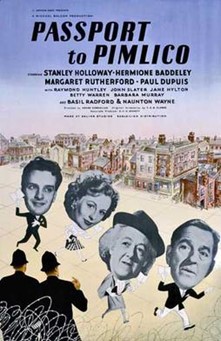
In the 1949 film Passport to Pimlico, a small area of London declares independence and it ends with the British government forced to negotiate to get them back. Actual negotiations for reintegration of the Isle of Dogs concluded on Monday.

Post-War Reconstruction taking place in Isle of Dogs
The Isle of Dogs is not a true island, but rather a low-lying peninsula that marks a massive bend in the Thames. As such in the Victorian era it became a part of the London Docklands. However, as ship size increased more ships were moved further down the river. The railway lines were closed and the area was devastated in the blitz.
In the last decade a large project of council flat building took place in the region, with 97% of the population in government housing. However, amenities did not keep up with the rise in the population Schools, hospitals and shopping areas were not included in the plans, yet only one bus route services the entire region.
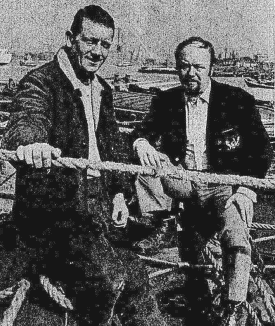
Joint Prime Ministers of the new republic, Ray Padgett and John Westfallen
In order to bring awareness to their situation, on the 1st March around 1,000 residents of the Isle of Dogs, led by Fred Johns (their representative on the borough council), blocked the swing bridges to the rest of London. They announced that a Unilteral Declaration of Independence would be forthcoming if their demands were not met and taxes would not be paid.

Area map of the short-lived republic (orange are those buildings owned by Port of London Authority)
On the 9th March the official declaration of independence came with the setting up of a citizen’s council and two Prime Ministers to run each side of the island. They issued a demand to return taxes that they said belonged to the islanders, and started on plans to setup their own street market and turn a disused building into a school. This drove headlines all over the world, with even Pravda from the USSR sending in a reporter.

After meeting with the Prime Minister, a plan was announced by Tower Hamlets Council for resolving the issues raised by the Islanders with a full consultation. The council, however, denied that this protest had anything to do with the timing of this announcement. Whatever the cause, the Republic of the Isle of Dogs has achieved its goals, so it seems that entry permits will no longer be required to travel in and out of the region.
Back in the world of SF publishing, we have our own odd little affair. That of Orbit 6, which contains some good, some bad and many just plain confusing tales:
Orbit 6
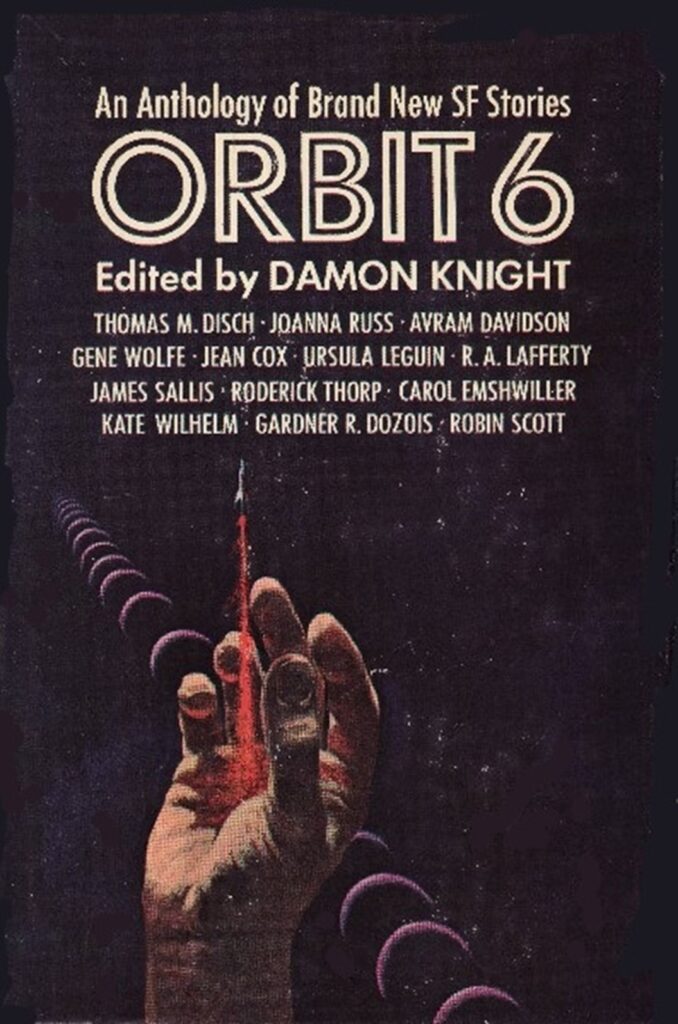
Cover illustration by Paul Lehr
Continue reading [March 12, 1970] It’s A Dog’s Life (Orbit 6)

![[March 12, 1970] It’s A Dog’s Life (<i>Orbit 6</i>)](https://galacticjourney.org/wp-content/uploads/2025/03/Orbit-F-672x372.jpg)
![[March 10, 1970] Baby, It's Cold (And Dark) Outside (April 1970 <i>Fantastic</i>)](https://galacticjourney.org/wp-content/uploads/2025/03/COVERSMALL-672x372.jpg)



![[March 8, 1970] They say that it's the institution… (April 1970 <i>Galaxy</i> and the incomplete Court)](https://galacticjourney.org/wp-content/uploads/2025/03/700308galaxycover-412x372.jpg)

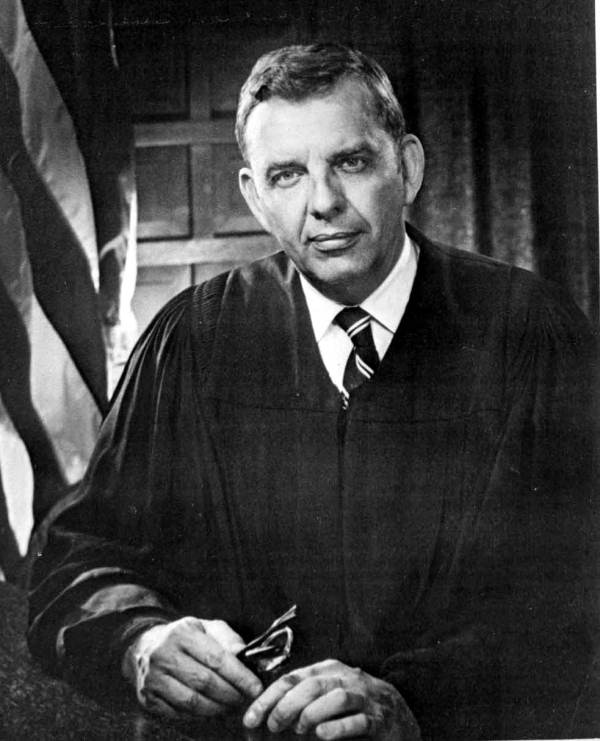

![[March 6, 1970] <i>The Waters of Centaurus</i>, <i>And Chaos Died</i>, and <i>High Sorcery</i>](https://galacticjourney.org/wp-content/uploads/2025/03/700306covers-672x372.jpg)

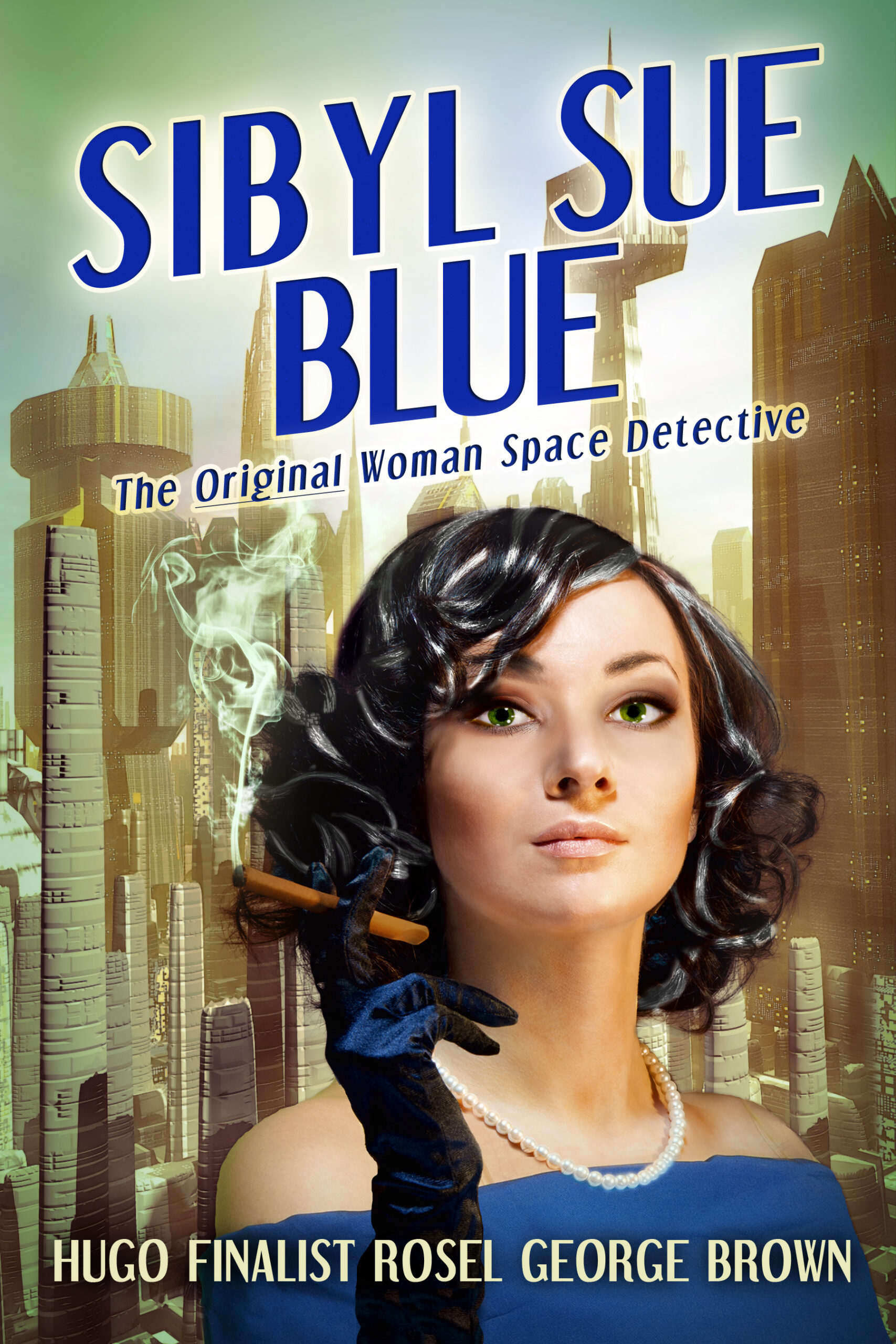
![[March 4, 1970] Harry's Heroes (<em>Nova 1</em>, edited by Harry Harrison)](https://galacticjourney.org/wp-content/uploads/2025/03/NVFCNDXTDF1970-421x372.jpg)


![[March 2, 1970] Par for the course (April 1970 <i>IF</i>)](https://galacticjourney.org/wp-content/uploads/2025/02/IF-1970-04-Cover-476x372.jpg)

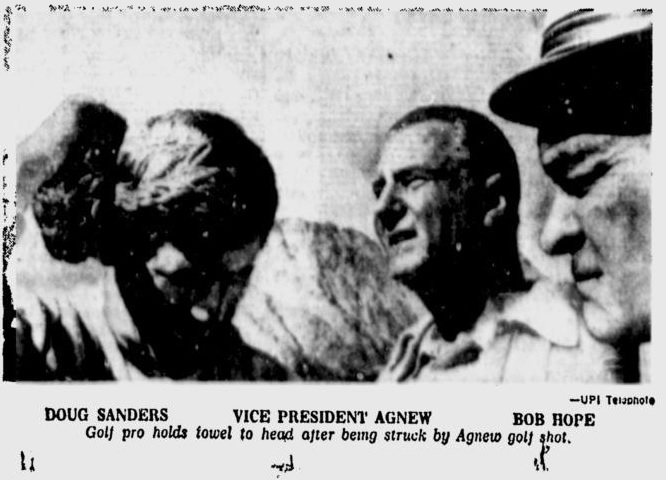 Wire photo of the aftermath.
Wire photo of the aftermath.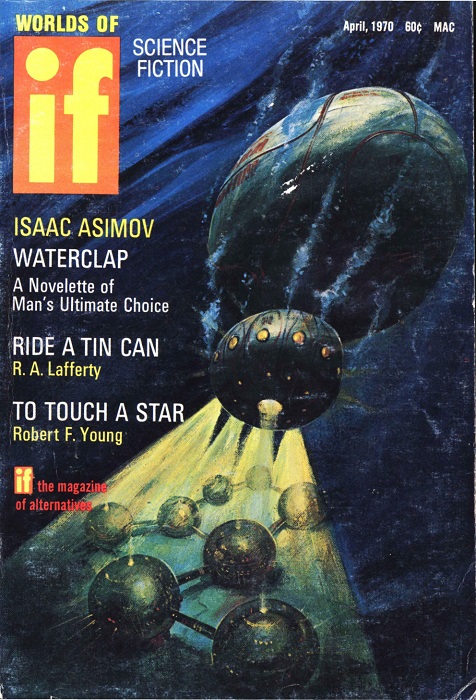 Arrival at Ocean-Deep. Art for “Waterclap” by Gaughan
Arrival at Ocean-Deep. Art for “Waterclap” by Gaughan![[February 28, 1970] Revolutionaries… (March 1970 <i>Analog</i>)](https://galacticjourney.org/wp-content/uploads/2025/02/700228analogcover-665x372.jpg)

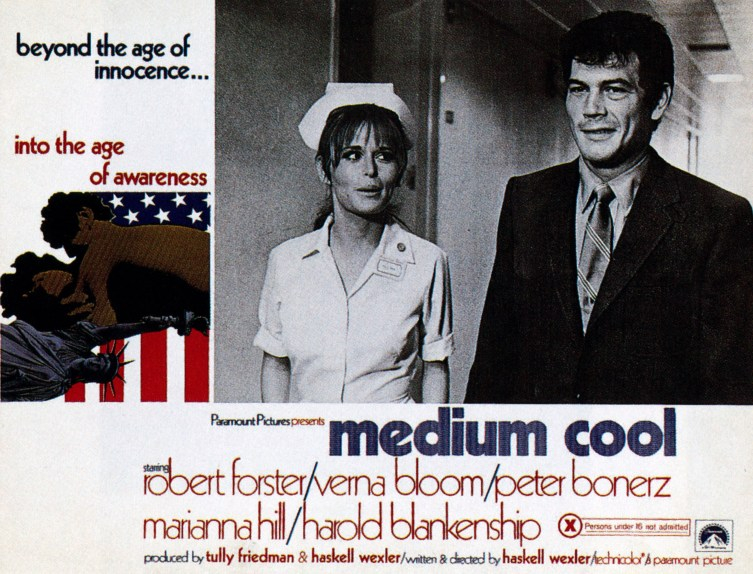
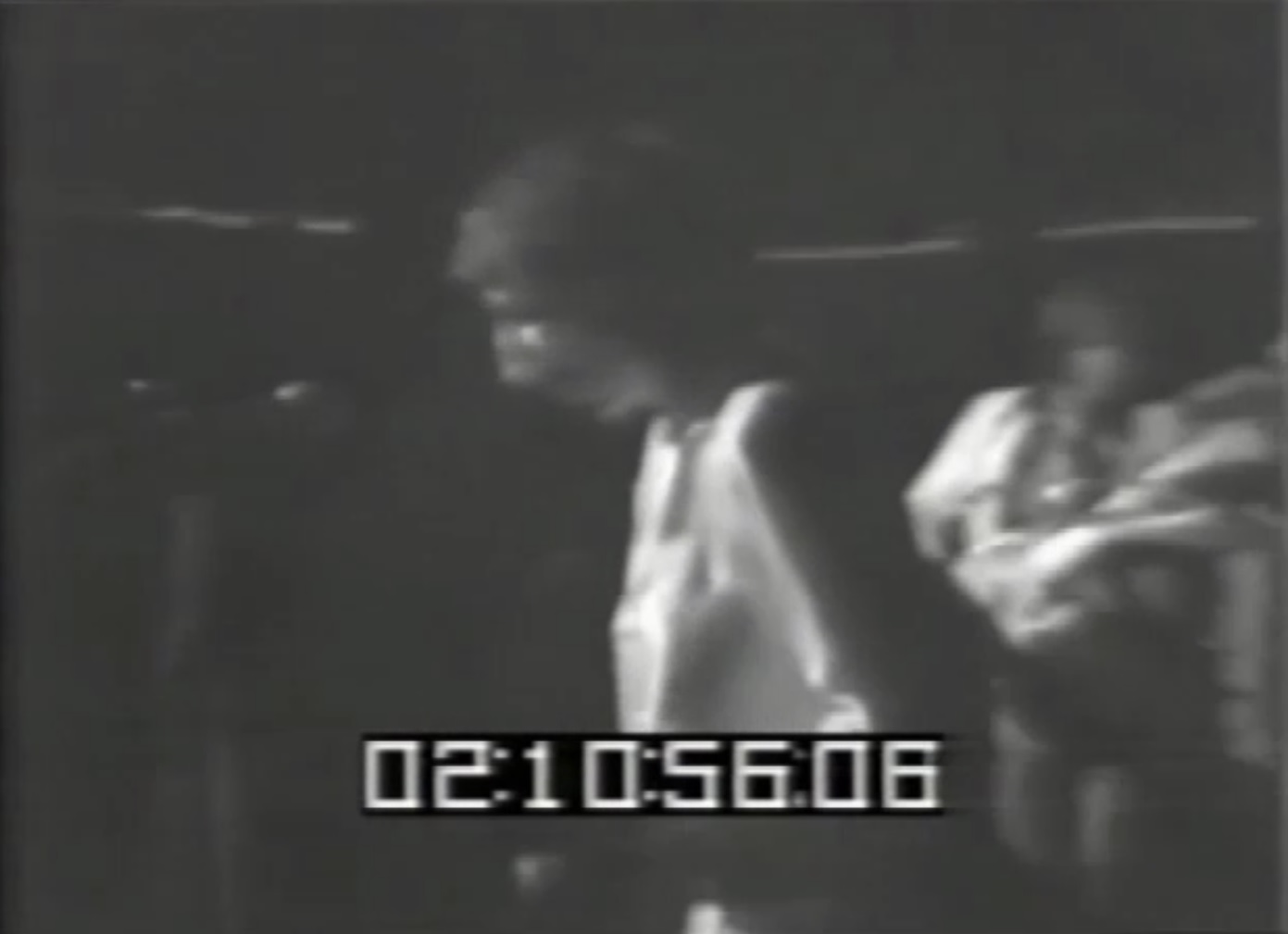
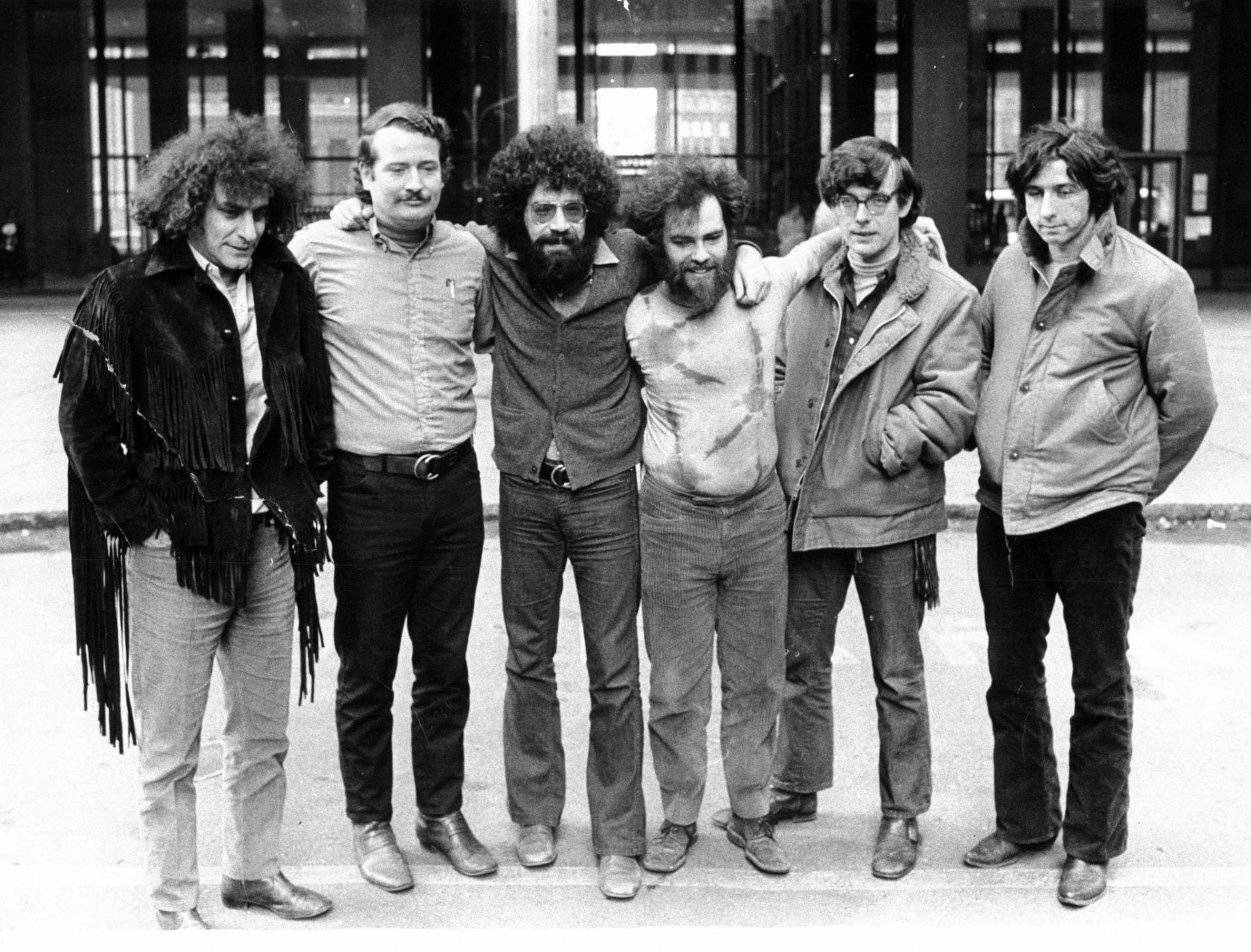
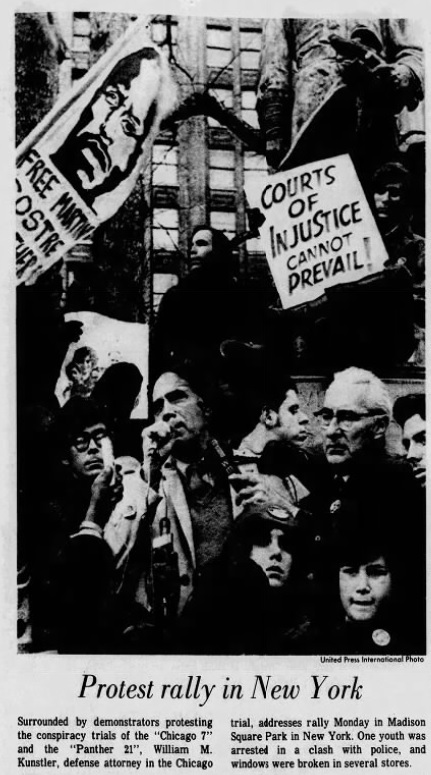

![[February 26, 1970] Made in Japan! (Ohsumi, first Japanese satellite)](https://galacticjourney.org/wp-content/uploads/2025/02/Ohsumi-1-3-672x372.jpg)



![[February 24, 1970] Sex and the Single Writer: New Worlds, March 1970](https://galacticjourney.org/wp-content/uploads/2025/02/NW-1970-3-cover-672x372.png)


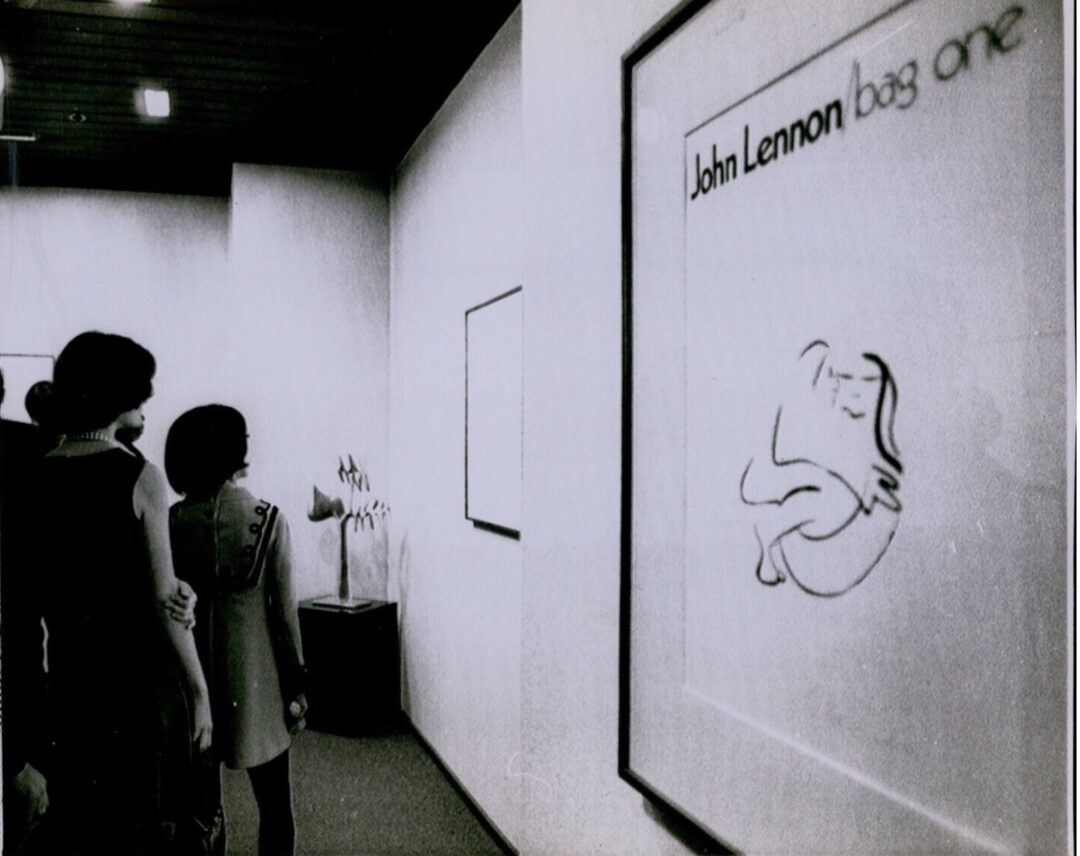

![[February 22, 1970] An Es-scale-ating Conflict (<i>Doctor Who</i>: The Silurians)](https://galacticjourney.org/wp-content/uploads/2025/02/700222howdoyoudo-672x372.jpg)

